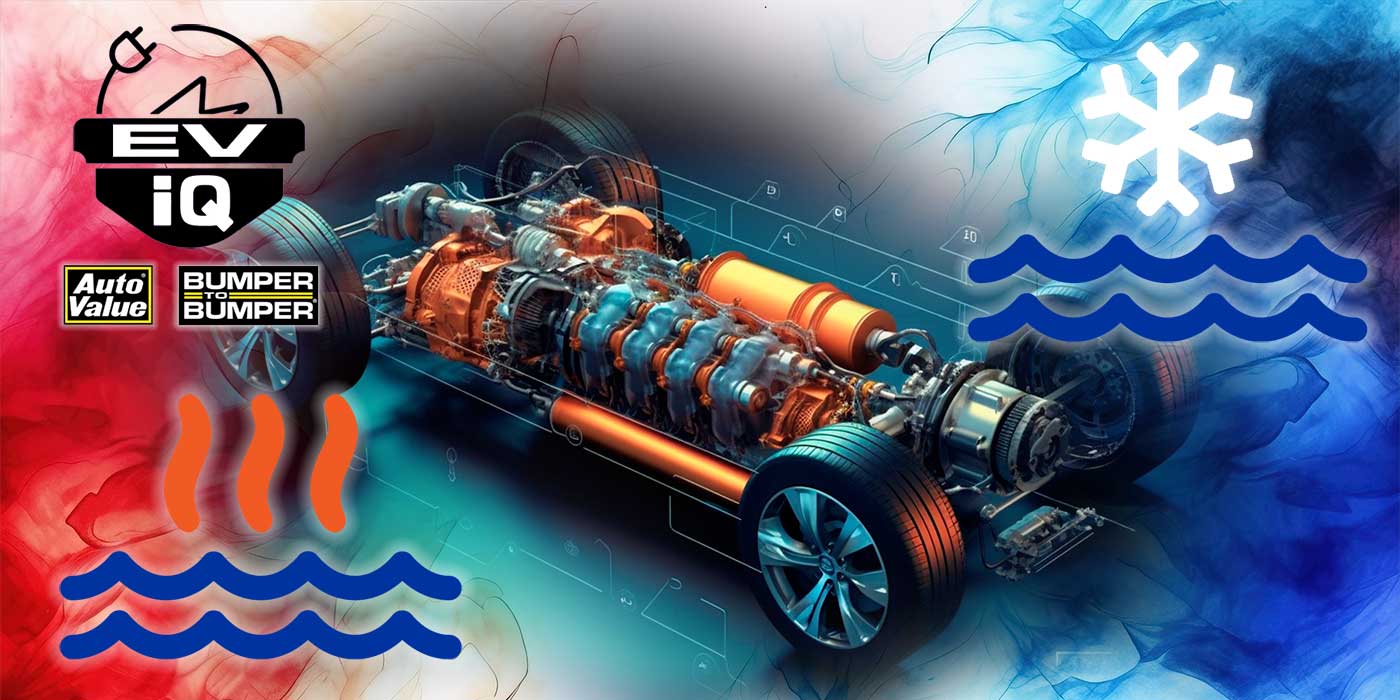Have you been bothered by gas prices recently? Same here – I feel like we’re all under some type of stress when it comes to our driving habits. Gone are the days when I drive five miles to my local fast food spot for dinner every night. Now, I have to drive one minute to my local grocery store for frozen pizza. It’s a real life-changer.
With gas prices continuing to rise, some consumers may be considering a switch to an EV to save on fuel costs. Gas price rises don’t just affect our wallets, though. As prices of gas continue to rise, disinterest in driving may secretly have environmentalists excited, as if you aren’t burning gas, you aren’t sending tailpipe emissions into the atmosphere. Though there are still emissions released into the air to produce electricity, could the impact be minuscule in comparison?
I mean, much of our electricity in the U.S. is still derived from fossil fuels, so emissions might not be coming from the car itself, but they’re still being produced somewhere.
But, a recent study on greenhouse gas emissions by light-duty vehicles from Ford shows that electrification can at least heavily reduce those emissions. For sedans, SUVs and pickup trucks, the study found hybrids and battery electric vehicles have approximately 28% and 64% lower cradle-to-grave life cycle emissions respectively than gas-powered vehicles with an internal combustion engine.
The U.S. Department of Energy also touted the environmental differences of EVs from their Alternative Fuels Data Center. Here, they explain how hybrid and plug-in electric vehicles can have significant emissions benefits over conventional vehicles.
EVs produce zero tailpipe emissions, and hybrid vehicles produce no tailpipe emissions when in all-electric mode. And, according to national averages from the U.S. Department of Energy, annual emissions per vehicle per year are much higher for gas power vehicles. While EVs pump only about 4,000 pounds of CO2 equivalent emissions per vehicle per year, gasoline-powered vehicles produce almost triple the amount at about 11,500 pounds of CO2 equivalent emissions per vehicle per year.
So, think of the earth using CO2 like a nice weighted blanket. 4,000 lbs. feels pretty nice, but triple that weight and the Earth gets all uncomfortable and feels trapped, plus way too hot for your own good. That’s a little how CO2 feels – when dense carbon dioxide builds up in the atmosphere, it keeps adding weight to that heat-trapping weighted blanket.













